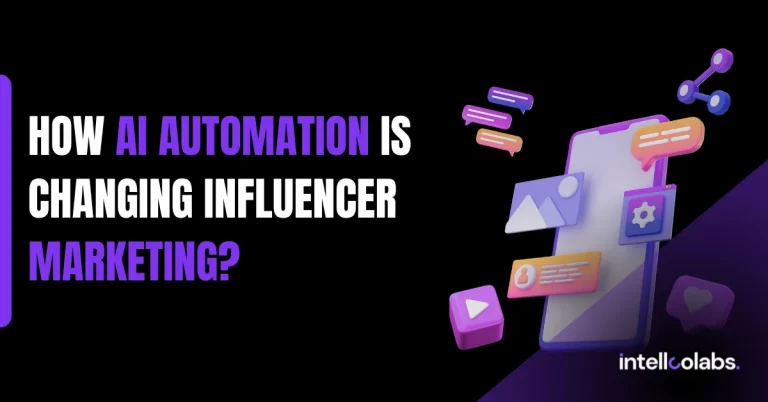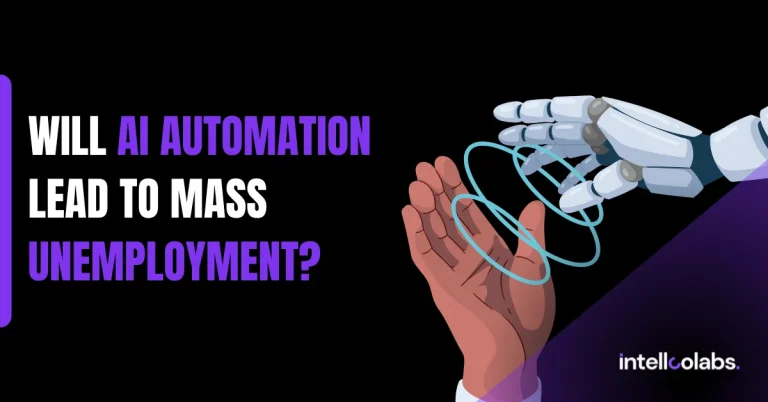
We’re living in a moment that future generations will study in history books. Artificial intelligence is no longer just an academic pursuit or a Silicon Valley experiment. It’s a part of your grocery shopping, your commute, your entertainment, and even your sleep.
Most people use AI dozens of times a day without realizing it. That’s the nature of transformational technologies. They become invisible. The question is no longer “Will AI impact my life?” but “How can I actively use it to make my life better?”
Let’s break down exactly how AI and automation are shaping our everyday routines, the benefits they bring, and what it means for the future.
Understanding AI and Automation in Real Life
Before diving into applications, let’s clarify two terms that are often used interchangeably but are meaningfully different.
Artificial Intelligence (AI): Technology that mimics or learns from human intelligence. It includes things like language models, image recognition, decision-making algorithms, and personalization engines.
Automation: The execution of tasks without human intervention. Automation can be powered by AI (like a self-learning chatbot) or by rules-based systems (like a programmable thermostat).
Together, AI and automation form the backbone of the modern digital experience. They reduce friction, increase convenience, and allow humans to focus on more meaningful work and creativity.
Everyday Use Cases of AI and Automation
Let’s walk through where AI is already present in your day, sometimes quietly in the background, sometimes actively helping you.
1. Personal Productivity and Daily Routines
AI can significantly enhance how we manage time, tasks, and mental bandwidth.
- Voice Assistants: Devices like Amazon Alexa, Apple Siri, and Google Assistant use AI to understand your voice, answer questions, control smart devices, and manage schedules.
- Smart Scheduling Tools: Apps like Motion and Reclaim use AI to automatically prioritize meetings, block deep work time, and reschedule events based on your calendar behavior.
- Productivity Copilots: Tools like Notion AI, ChatGPT, and Grammarly are now embedded in everyday writing, brainstorming, and documentation workflows.
These systems aren’t replacing human thinking. They’re removing friction from decision-making and task management.
2. Smart Homes and Everyday Living
The smart home industry is expected to reach $231.6 billion by 2030 (Statista), and AI is the driving force behind this growth.
| Use Case | AI-Powered Benefit |
|---|---|
| Smart Thermostats | Learn your temperature preferences over time |
| Robotic Cleaners | Map your home and optimize cleaning paths |
| Smart Security Systems | Detect unfamiliar faces, movement patterns, or sounds |
| Lighting Automation | Adjust brightness based on time or occupancy |
This isn’t just convenience. It’s about energy savings, peace of mind, and personalized comfort.
3. Finance and Budgeting
Managing money can be time-consuming and stressful. AI simplifies it by automating decisions and catching patterns.
- Budgeting Tools: Apps like Cleo and YNAB use AI to analyze spending habits and suggest where to cut back or save more.
- Automated Investing: Robo-advisors like Betterment and Wealthfront use algorithms to manage your portfolio based on your goals and risk tolerance.
- Fraud Detection: Most modern banks use machine learning to detect suspicious activity in real time. In 2023 alone, AI prevented over $22 billion in fraud attempts globally (Juniper Research).
4. Health and Wellness
Wearables and health apps are becoming increasingly intelligent, delivering not just data, but actionable insight.
- Fitness Tracking: Apple Watch and Fitbit use AI to monitor heart rate, sleep quality, and even detect irregular heart rhythms.
- Mental Health: Apps like Woebot and Wysa use conversational AI to guide users through cognitive behavioral therapy and emotional check-ins.
- Preventive Healthcare: AI systems now help detect signs of chronic illness earlier through pattern recognition in wearable data and medical scans.
These tools create a feedback loop. The more they learn from you, the more personalized and proactive your health routine becomes.
5. Shopping and Entertainment
The AI behind your Netflix queue, Amazon cart, or Spotify playlist knows you better than you think.
- Recommendation Engines: AI helps you discover new shows, songs, or products based on your past behavior and the preferences of similar users.
- Conversational Commerce: Chatbots on platforms like Shopify or WhatsApp can help you compare products, check availability, and complete purchases without talking to a human.
- Dynamic Pricing: Online retailers now use AI to adjust prices in real time based on demand, inventory, and customer behavior.
In 2024, over 35% of eCommerce revenue was driven by AI-generated recommendations (McKinsey).
6. Transportation and Navigation
Your morning commute is shaped by AI in more ways than you realize.
- Navigation: Google Maps and Waze use AI to predict traffic patterns, suggest alternate routes, and estimate ETAs with high accuracy.
- Ride-hailing: Uber and Lyft match riders and drivers using AI-based demand prediction, location tracking, and surge pricing.
- Driver Assistance: Cars with Tesla Autopilot or GM Super Cruise use AI for lane control, adaptive cruise, and object detection.
Self-driving tech is still evolving, but semi-autonomous systems are already preventing accidents and saving lives.
7. Work and Communication
AI is becoming a key collaborator in knowledge work and communication.
- AI Writing Assistants: Tools like ChatGPT and Jasper help users draft emails, reports, blogs, and even code.
- Meeting Automation: Apps like Otter.ai and Fireflies record, transcribe, and summarize meetings, creating searchable knowledge bases automatically.
- Inbox Management: Gmail and Outlook use AI to sort important emails, auto-reply to simple messages, and flag potential spam.
Knowledge work is becoming less about information gathering and more about decision-making, and AI is making that shift possible.
The Hidden Automation You Don’t See
Much of the AI that impacts your life isn’t visible. It’s infrastructure-level intelligence built into the systems you rely on.
- Supply Chains: AI forecasts demand, optimizes inventory, and routes logistics behind the scenes of every online order.
- Food Delivery: From mapping driver routes to predicting meal prep times, AI powers services like DoorDash, Uber Eats, and Instacart.
- Search Engines and Ads: Google Search uses AI to understand your intent. Every ad you see online is selected and priced in milliseconds by machine-learning models.
You benefit from these systems even if you never touch them directly.
Benefits of Everyday AI and Automation
Here’s a snapshot of the core value AI delivers in daily life:
| Benefit | Description |
|---|---|
| Time Savings | Automates repetitive decisions and tasks |
| Personalization | Delivers content and services tailored to your behavior |
| Reduced Cognitive Load | Helps you make decisions faster and with more context |
| Cost Efficiency | Optimizes usage (energy, money, time) and reduces human error |
| Accessibility | Supports differently-abled users through voice control and adaptive tech |
AI isn’t just a luxury. It’s quickly becoming the operating layer for modern life.
Challenges and Considerations
As we integrate AI more deeply, we need to be mindful of its limitations.
- Over-Reliance: Delegating too much to automation can reduce critical thinking and personal agency.
- Data Privacy: Most AI systems require access to personal data. It’s essential to understand where your data goes and who controls it.
- Bias in Algorithms: AI can reinforce societal inequalities if trained on biased data. Transparency and oversight are non-negotiable.
- Job Displacement: Automation is impacting jobs, especially in logistics, customer service, and administration. We need to prepare the workforce for new roles and upskilling.
Used responsibly, AI can enhance human potential. But without ethics, it can amplify the worst parts of our systems.
Conclusion
AI and automation aren’t just for engineers and enterprises anymore. They’re becoming personal, intuitive, and deeply embedded in daily life.
The opportunity in front of us is massive. We can reclaim our time, make smarter decisions, improve our health, and focus on higher-order creativity, all by working in tandem with machines that never sleep.
As individuals, the best thing we can do is stay informed, stay curious, and start small. Use an AI tool that helps you get more out of your day. Automate a task that drains your time. Build a habit around using intelligent systems consciously.
This isn’t the future. This is the present. And it’s only getting smarter from here. Let’s use it well.






